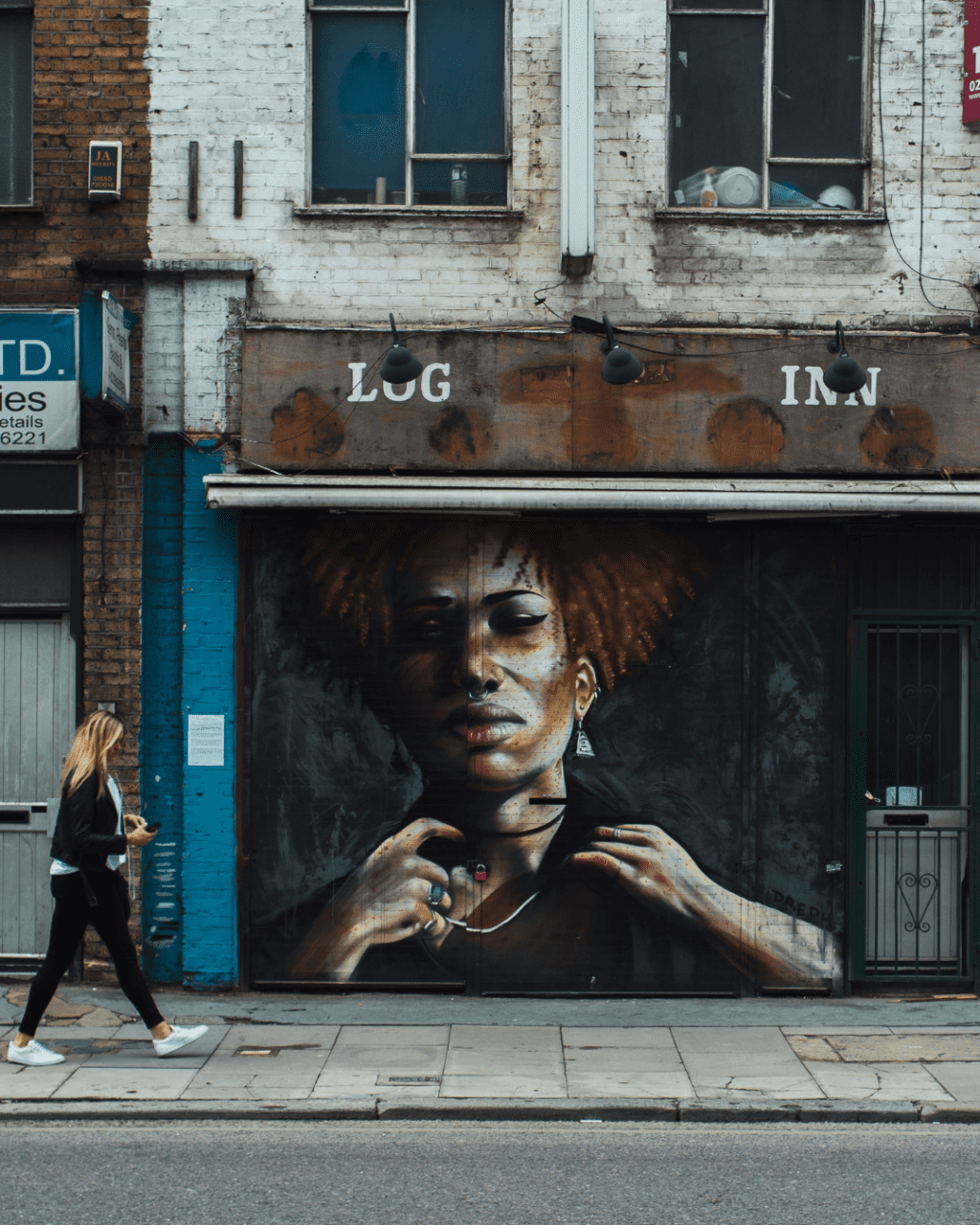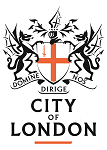Standing Firm: A Brief History of Black Activism in Tower Hamlets


October marks Black History Month, a time to reflect, remember and act. In Tower Hamlets and East London the story of Black activism is rich, layered and rooted in communities organising for justice, dignity and a place to call home.
Early Presence, Hidden Histories
Long before the modern era of migration and community organising, African and African-Caribbean Londoners were present in the East End. The project Communities of Liberation has traced the lives of Africans living in what is now Tower Hamlets between the 17th and 18th centuries, working, living and resisting in the shadows of the transatlantic slave trade. These histories are often overlooked, yet they underpin our understanding of how Black communities have long contributed and fought for recognition in East London.
Housing, Racism and Self-Organisation
A landmark moment in local activism was the founding of the Bengali Housing Action Group (BHAG) in 1976 in the Brick Lane / Whitechapel area. Families were squatting in response to severe housing shortage and discrimination; BHAG mobilised over fifty families, challenged local government, defended against racist violence and pressed for formal housing rights.
In parallel, strong resistance to racist attacks emerged: one poignant site is Altab Ali Park (formerly St. Mary’s Churchyard) which commemorates the murder of Altab Ali, a Bangladeshi textile worker killed in a racist attack in 1978. That tragedy sparked mobilization and gave the community a physical place for remembrance and resistance.
Health, Welfare and Access to Services
Activism in Tower Hamlets also took shape around health and welfare: the organisation Social Action for Health grew out of a coalition formed in 1986 to challenge cuts to the health system and the barriers faced by Black, Asian and minoritised communities. This underlines a theme: activism is not only about protest but about building community capacity, ensuring access and pushing for structural change.
Culture, Voice and Narratives
In recent decades activists, artists and community groups in East London have insisted on telling their stories in their own voices. Initiatives such as The New Black Film Collective and education-archives projects (for example, The Equiano Centre’s “Drawing Black Lives in the East End”) show how activism also means reclaiming narrative and representation.
Why It Matters Today
Activism in Tower Hamlets is not just history. We live with its legacy in community organisations, in policy debates, in how residents organise around housing, health, education and racism. The theme for Black History Month 2025 in the borough is “Standing Firm in Power and Pride”, speaking directly to this resilient tradition of organising and change.
What We Can Do in 2025
- Learn: Visit local archives, exhibitions (such as Communities of Liberation), hear the stories of East End Black activism.
- Support: Engage with community organisations and local initiatives that continue this work today.
- Tell the story: At Toynbee Hall we can reflect on our role, how the legacy of activism around justice, equity and community aligns with our mission.
- Act: Whether through volunteering, partnership or policy advocacy, we can build on this legacy of collective action.
At Toynbee Hall, we have the opportunity this Black History Month to not only celebrate but to deepen our commitment. Black activism in Tower Hamlets has always been about rooted community leadership, intersectional struggle (housing, race, health), and creating structures of support and voice. Let us honor that tradition and carry it forward.
Here’s a list of reading to learn more about Black History in the UK.
- Black London: History, Art & Culture in Over 120 Places: A neighborhood-level guide to sites across London where Black people’s history has mattered. Great for linking the local, East London context.
- Black and British: A Forgotten History: A broader UK-wide history of Black British presence.
- Black England: A Forgotten Georgian History: Focuses on much earlier history (Georgian era) and helps frame the long-view of Black presence in England.
- Black and British: An Illustrated History: A visually rich version of the story, useful for outreach, display or introducing readers who prefer images alongside text.
- Staying Power: The History of Black People in Britain: A comprehensive social history of Black people in Britain, helpful background for understanding East London activism within a wider context.
Bibliography:
Photo by Niclas Moser on Unsplash

































